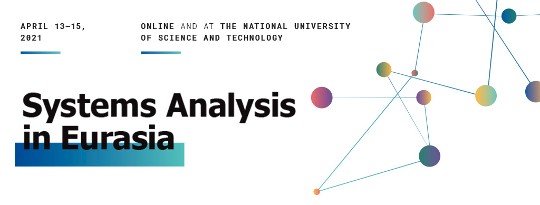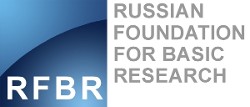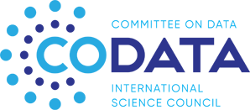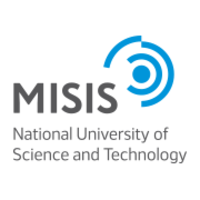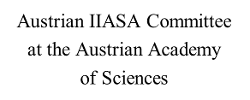Many thanks to the conference partners and members of the conference committees for their contributions and support in the organization of this conference.
Partners
The International Institute for Applied Systems Analysis (IIASA) is an independent, international research institute with National Member Organizations in Africa, the Americas, Asia, and Europe.
Through its research programs and initiatives, the institute conducts policy-oriented research into issues that are too large or complex to be solved by a single country or academic discipline. This includes pressing concerns that affect the future of all of humanity, such as climate change, energy security, population aging, and sustainable development.
Russian Foundation for Basic Research (RFBR) was created by decree #426 of the President of the Russian Federation “On urgent measures for preserving scientific and technological potential of the Russian Federation” and is a self-governed state nonprofit organisation in the form of a federal organisation controlled by the Government of the Russian Federation.
The Russian Academy of Sciences was established by the order of Emperor Peter I, by decree of the governing Senate of January 28 1724. It was recreated by the Decree of the President of the Russian Federation on November 21 1991 as the highest scientific institution in Russia.
The Russian Academy of Sciences (RAS) is a state academy of sciences, an organization of science that conducts scientific management of scientific research in the Russian Federation and conducts scientific research, a legal entity - a non-profit organization created in the form of a federal state budgetary institution.
CODATA is the Committee on Data of the International Science Council (ISC). CODATA exists to promote global collaboration to advance Open Science and to improve the availability and usability of data for all areas of research. CODATA supports the principle that data produced by research and susceptible to be used for research should be as open as possible and as closed as necessary.
The National University of Science and Technology MISIS is Russia's primary technological university in the field of steelmaking and metallurgy. It was established in 1918 as a part of the Moscow Mining Academy. In 1930, it became independent.
The Austrian Academy of Sciences (OeAW) is Austria’s largest non-university research and science institution. Its statutory mission is to “promote science in every way”. Founded in 1847 as a learned society, today the OeAW has over 770 members and 1,700 employees dedicated to innovative basic research, interdisciplinary exchange of knowledge and the dissemination of new insights with the aim of contributing to progress in science and society as a whole.
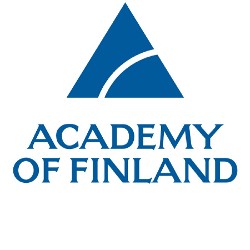
The Academy works to promote the progress of science by allocating funding to the highest-quality and the scientifically most innovative research. The Academy supports the research career in all its stages and encourages the mobility of researchers within the research system, business and industry and public administration as well as internationally. Universities are the Academy’s most important partner in its mission to advance scientific research.
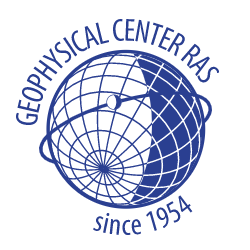
The Geophysical Center of the Russian Academy of Sciences (GC RAS) was established in 1992 with a status of research institute in accordance with the decision of the Presidium of the Russian Academy of Sciences as a result of the reorganization of the Interdepartmental Geophysical Committee (IGC) of the Academy of Sciences of the USSR established in 1958 by the Decree of the USSR Council of Ministers.
Conference Program Committee
Poster Abstracts Review Committee



